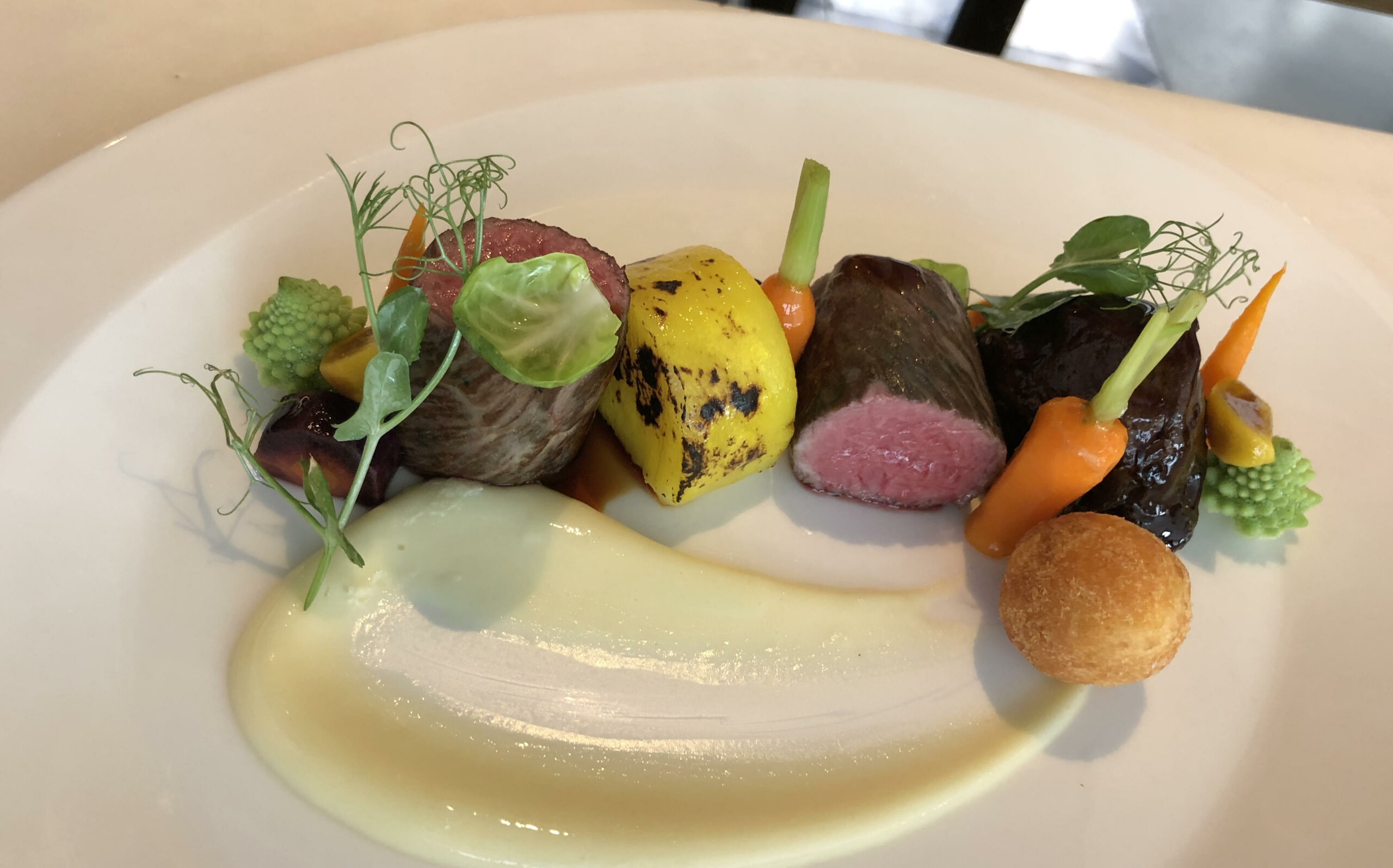
When it comes to playing the game of billiards, there are many factors that you need to take into consideration when choosing a custom billiard cue. Some of these factors include the shape of the tip, the weight, and the type of material used to make the tip.
The Shape Of The Tip
The shape of the tip of a custom cue plays a major role in precision and performance. However, the details often need to be more obvious. Fortunately, a good tip shaper can help. For maximum spin, the arc of the tip must span more than 60 degrees. This arc should be at least 10mm wide. To maximize the sidespin, the contact point between the tip and the CB must be slightly smaller than the diameter of the tip. The most common tip shape is a nickel radius. A dime radius is less common. It can be rounded or dome-shaped. Rounded tips are better. They have a smooth relation to the shaft displacement. Also, they are easier to pass in English. Doming the tip is a technique to produce a more uniform tip. It also requires more care. You should use a small file.
Weight
Buying a pool cue such as in Carolina custom cues for sale can be a daunting task. You have to consider your budget, your skill level, the game you play, and your preferences. However, if you can do a bit of research, you can make purchasing a pool cue less stressful. One of the most important aspects to consider is weight. A heavier cue can mean you have a better chance of making a break shot. In addition, the extra weight may help you keep the cue online during a stroke. The added weight also helps to create more counter-friction. There are many brands of pool cues available. Some are more expensive than others. The most expensive ones are likely to have a better build quality. They are also more likely to have precision-engineered joints. You should also try to find a cue with a wrap. Cues with a wrap are often made of leather. These are great for grip, and they absorb sweat from your hands.
One-Piece Vs. Two-Piece
When buying a pool cue, it is important to understand the differences between one-piece and two-piece custom cues. This will help you choose the right pool cue for your game. One-piece cues are not made with the same quality material as two-piece cues. However, you can find excellent quality one-piece cues for a fraction of the price of two-piece cues. Some of the best cues were first made as one-piece cues. Depending on the materials used, you can expect a high-quality one-piece cue to last as long as a two-piece cue. However, consider a two-piece cue if you are a professional player or if you frequently travel. Two-piece cues are more portable and can be broken into separate pieces for storage and transport. A good quality two-piece cue will feature a mid-joint and may have a brass joint. These joints are better than the plastic joints used in the early days of two-piece cues.
Machine-Spliced Vs. Hand Spliced.
There is a lot of controversy about whether Machine Spliced or Hand Spliced Custom Cues are better. While most people believe that hand-spliced cues are better, many factors must be considered. The quality of the splice can make the difference between a good cue and one that looks poor. A poor splice is usually visible underneath a layer of paint or thick lacquer. On the other hand, a well-made machine-spliced cue can still be a very good cue. There are also differences in the materials used for hand-spliced and Machine Spliced cues. Hand-spliced cues are usually more expensive. These cues are more durable and can be made from exotic woods. They also have rounded spliced points. However, they are more time-consuming to produce. Another reason that Machine Spliced cues are more common is that they are cheaper to make. This means that they can be mass-produced. You will find that many of the cheap cues you see at the local pool leagues are manufactured in the Far East.

